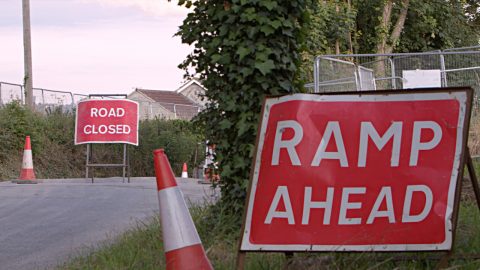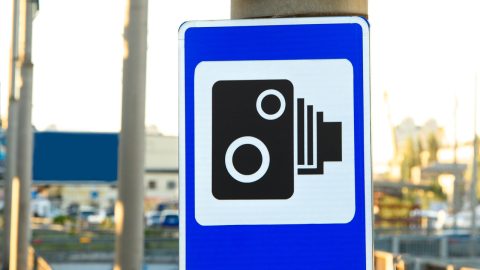Smart motorways represent a modern approach to managing traffic flow on some of the UK’s busiest roads. By using advanced technology and variable speed limits, these motorways aim to reduce congestion and improve safety. However, with new systems come new rules, and it’s essential for drivers to understand how to navigate these changes, especially concerning speed regulations.
Understanding Smart Motorways
What Are Smart Motorways?
A smart motorway uses technology to manage traffic flow and improve safety. There are three main types:
- Controlled Motorways: These retain a traditional hard shoulder and use variable speed limits.
- Dynamic Hard Shoulder Running: The hard shoulder is opened for traffic during busy periods.
- All-Lane Running (ALR): The hard shoulder is permanently converted into a running lane, with emergency refuge areas in place of the hard shoulder.
Safety on Smart Motorways:
While smart motorways aim to improve traffic flow and safety, they have sparked debates about safety, particularly the ALR schemes due to the removal of hard shoulders. Yet, they are designed with numerous safety features, including emergency areas and SVD technology.
Speeding on Smart Motorways
Speed limits on smart motorways can change rapidly in response to traffic conditions, displayed on overhead gantries. Compliance with these limits is vital for safety and efficiency. Speed enforcement cameras are used to ensure drivers adhere to displayed speed limits.
Do Smart Motorways Have Any Notable Features?
- Safety and Efficiency: Smart motorways aim to reduce congestion and enhance traffic flow while maintaining safety. They use technology to monitor traffic and manage lanes effectively. For instance, All-Lane Running (ALR) motorways have been shown to carry 1,600 additional vehicles per hour in each direction.
- Emergency Areas: Introduced for enhanced safety, these are visibly marked and provide a safe spot for vehicles in distress.
- Stopped Vehicle Detection (SVD): Used in ALR motorways to detect stationary vehicles and alert control rooms, enhancing response times.
- Variable Speed Limits: Implemented across all smart motorways to manage traffic flow and reduce congestion.
Some Facts & Figures About Smart Motorways
- Smart motorways can handle 1,600 additional vehicles per hour per direction.
- Emergency areas on newer smart motorways are spaced every 1.5 miles or closer.
- 92% compliance rate with Red ‘X’ lane closures, indicating high adherence to smart motorway rules.
- Initial experiments on the M42 showed a reduction in journey time variability by up to 27%, demonstrating the effectiveness of smart motorways in managing traffic flow.
What We Think About Smart Motorways
Smart motorways are an integral part of the UK’s strategy to manage traffic flow and enhance safety on busy motorways. Understanding how to navigate these motorways, especially the speed regulations, is crucial for all drivers. Staying informed and compliant with the rules ensures not only your safety but also the efficiency of the motorway system.
It’s the future, and they’re here to stay, as an unforgiving part of our road network that’s sole purpose is to provide safety and efficiency – down to the dot. So be aware, obey the road laws and smart motorways won’t be an issue, but a blessing.
Here’s Some FAQs About Smart Motorways
If you can, reach an emergency area. If not, put on your hazard lights and stay in your vehicle if it’s unsafe to leave. The lane can be closed using a Red ‘X’ sign for protection.
Pull in, use the SOS phone to inform the control center, and wait behind the barriers for assistance.
A Red ‘X’ above a lane means it is closed. It’s illegal and dangerous to drive in a Red ‘X’ lane, and compliance is enforced by fines.
While there are concerns, especially regarding the removal of hard shoulders in ALR schemes, smart motorways are designed with several safety features, including stopped vehicle detection and emergency areas. They are intended to maintain or enhance safety by managing traffic flow and speeds.








